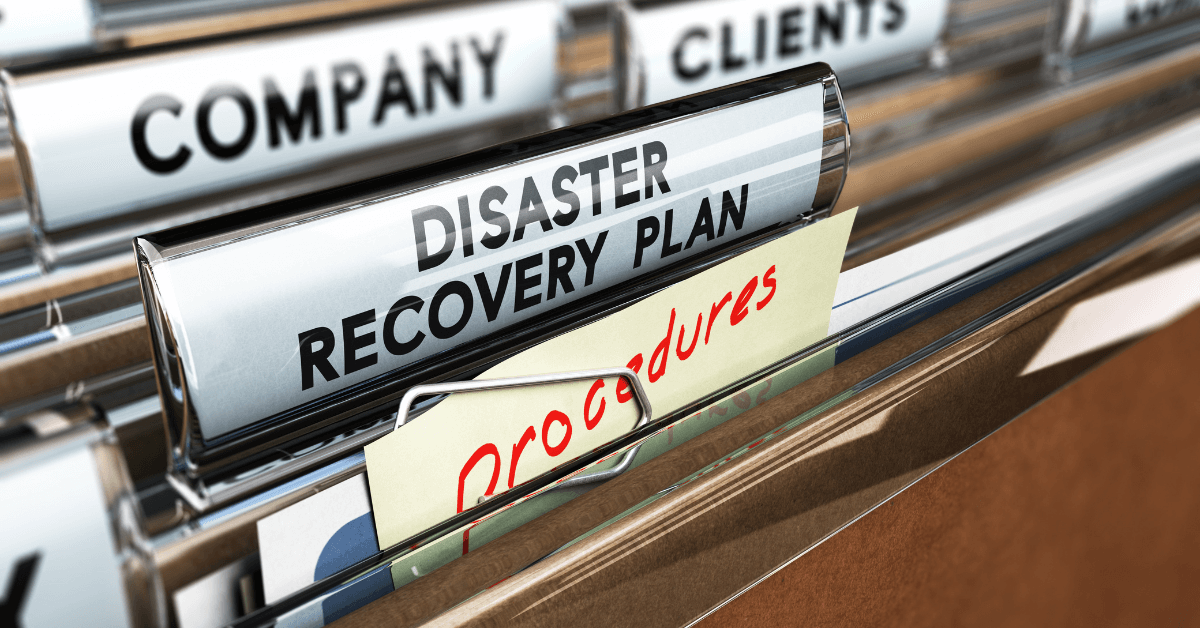Disaster Recovery: September Is National Preparedness Month
As we observe National Preparedness Month, the recent devastation caused by Hurricane Helene underscores the urgent need for disaster readiness. Helene, a fast-moving and catastrophic tropical cyclone, became the strongest hurricane to strike Florida’s Big Bend region, leaving parts of the Southeastern United States in ruins. Businesses, homes, and communities have been deeply affected, and recovery efforts are ongoing. This disaster is a powerful reminder of the importance of preparing for natural and man-made catastrophes.
Understanding Disaster Recovery
Understanding Disaster Recovery is more crucial than ever—especially when severe weather events like hurricanes have the potential to cripple entire regions. Disaster recovery refers to the processes and plans implemented to restore and protect a company’s IT infrastructure during crises, whether caused by natural disasters like Hurricane Helene or cyber threats such as ransomware attacks.
The impacts of Hurricane Helene highlight the need for robust disaster recovery plans. To ensure your business is ready for potential disasters, create a business continuity plan—a playbook outlining how to stay operational during and after a disaster. A comprehensive plan enables a company to systematically restore operations and communications, helping to minimize financial losses and protect its reputation.
With events like Hurricane Helene in mind, it’s vital to prioritize off-site backups and cloud-based recovery solutions. Many businesses affected by the hurricane faced significant downtime due to physical damage at their primary locations. Incorporating cloud-based solutions ensures that data and applications are securely stored off-site, offering faster recovery and less disruption to business operations.
Developing a Business Continuity Plan
AISN’s Disaster Recovery Checklist helps businesses prepare for unexpected events like hurricanes. Here are seven essential steps to include when developing your business continuity plan:
- Identify the Risks. Consider natural disasters like hurricanes and their potential effects on business operations.
- Inventory IT Assets. Ensure that critical data and systems are safeguarded from physical damage, such as flooding caused by hurricanes.
- Define Goals. Set recovery objectives that account for natural disasters—how quickly must your business recover if an event like Hurricane Helene impacts your primary location?
- Develop a Plan. Incorporate off-site backups and cloud solutions to ensure your business can recover its data quickly and efficiently, even if your physical location is compromised.
- Understand the Cloud’s Benefits. In the wake of increasing natural disasters, cloud-based solutions offer faster, more reliable recovery at a lower cost.
- Implement the Plan and Get Executive Buy-In. Use examples like Hurricane Helene to emphasize the importance of preparedness and secure executive support for disaster recovery initiatives.
- Test the Plan. Regularly testing disaster recovery plans helps ensure business continuity when natural disasters or cyber threats strike.
FACT: Businesses lose billions of dollars each year due to data loss. The devastation of Hurricane Helene reminds us that natural disasters can strike at any time—don’t wait until it’s too late to prepare.
Prepare your business today for potential disasters, both natural and man-made. AISN is here to help. Contact us to schedule a call with one of our security experts.

